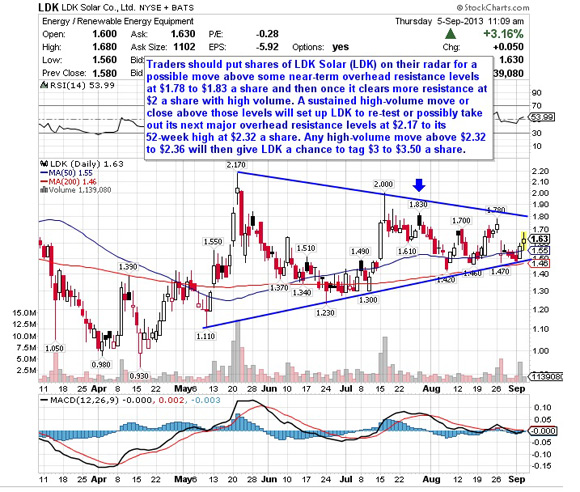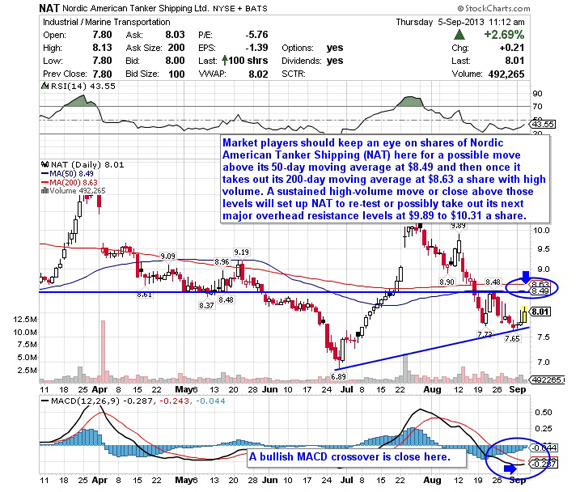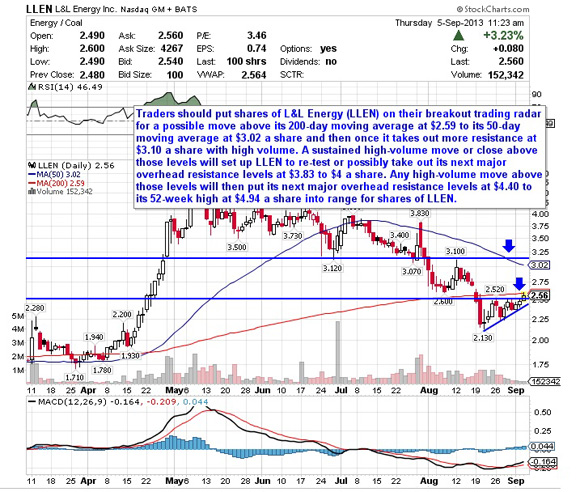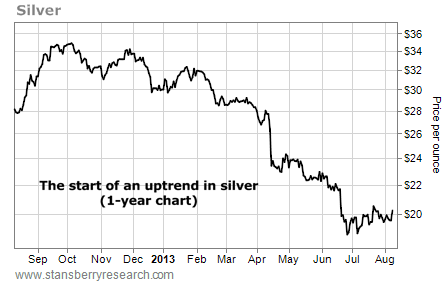Efforts by members of Congress to slow the Department of Labor’s reproposal of its fiduciary rule will have little to no effect, Phyllis Borzi, assistant secretary of DOL’s Employee Benefit Security Administration, said Tuesday.
A bill introduced by Rep. Ann Wagner, R-Mo., that will be marked up by the House Financial Services Committee on Wednesday, requires that the DOL wait to publish its fiduciary rule for 60 days after the Securities and Exchange Commission releases its fiduciary rule proposal.
When asked after her remarks at the Insured Retirement Institute's regulatory conference in Washington if DOL was going to wait for the SEC to publish its rule, Borzi (right) exclaimed: “Of course not.”
DOL, Borzi told reporters, “began working on its rule” to amend the definition of fiduciary under the Employee Retirement Income Security Act “before Dodd-Frank.” DOL, she said, is “coordinating very closely with the SEC to make sure we don’t have outright conflicts," adding that it was ludicrous for lawmakers to think that "one statute is more important than another."
Hot Financial Companies To Own For 2014: HCC Insurance Holdings Inc. (HCC)
HCC Insurance Holdings, Inc. underwrites non-correlated specialty insurance products worldwide. The company operates in five segments: U.S. Property & Casualty, Professional Liability, Accident & Health, U.S. Surety & Credit, and International. The U.S. Property & Casualty segment provides aviation, small account errors and omissions liability (E&O), public risk, contingency, disability, residual value, employment practices liability (EPLI), technical property, primary and excess casualty, and brown water marine insurance products, as well as title and mortgage reinsurance products in the United States. The Professional Liability segment offers directors� and officers� (D&O) liability, large account E&O liability, fiduciary liability, fidelity and bankers blanket bonds, and EPLI for the United States and International-based policyholders. The Accident & Health segment provides medical stop-loss, short-term domestic and international medical, HMO reinsurance, and medical excess coverages in the United States. The U.S. Surety & Credit segment offers contract surety bonds, commercial surety bonds, and bail bonds; credit insurance policies for export trade transactions and structured trade transactions; and political risk and letters of credit insurance products. The International segment provides energy, property treaty, liability, surety, credit, direct and facultative property, ocean marine, accident and health, and other smaller product lines for international customers. The company markets its products directly to consumers, as well as through a network of independent agents and brokers, producers, and managing general agents. HCC Insurance Holdings, Inc. was founded in 1974 and is headquartered in Houston, Texas.
Advisors' Opinion:- [By WWW.GURUFOCUS.COM]
HCC Insurance Holdings Inc. (HCC) underwrites non-correlated specialty insurance products worldwide. The company operates in five segments: U.S. Property and Casualty, Professional Liability, Accident and Health, U.S. Aug. 21, the company increased its quarterly dividend 36% to $0.225 per share. The dividend is payable October 1, 2013 and will be paid on or about Oct. 15, 2013. The yield based on the new payout is 2.1%.
Hot Financial Companies To Own For 2014: LoopNet Inc.(LOOP)
LoopNet, Inc. owns and operates an online marketplace for commercial real estate in the United States. The company?s online marketplace, LoopNet.com enables commercial real estate agents working on behalf of property owners and landlords to list properties for sale or for lease, and submit detailed information on property listings, including descriptions, financial and tenant information, photographs, and property characteristics to find a buyer or tenant. As of December 31, 2011, the LoopNet online marketplace contained approximately 820,391 listings. It also operates BizBuySell and BizQuest online marketplaces that enable business owners, sellers, and brokers to list and search for operating businesses for sale; LoopLink, an online real estate marketing and database services suite that enables commercial real estate firms to showcase their available properties on the LoopNet marketplace and brokerage firm?s own Website using the company?s hosted search software. In ad dition, the company provides Property Comps, a database to review precedent sales data to inform commercial real estate valuation analysis based on asset type, asking and sale price, sale date, property address, and size; and Property Facts that aggregates data from the LoopNet marketplace, LoopNet research, independent data providers, public records, and LoopNet members to deliver data on properties. Further, it offers advertising and lead generation; operates LandsofAmerica and LandAndFarm online marketplaces for rural land for sale; and offers REApplications that provides an integrated suite of commercial brokerage automation software. The company was formerly known as Loop Ventures, Inc. and changed its name to LoopNet, Inc. in November 1998. LoopNet, Inc. was incorporated in 1997 and is headquartered in San Francisco, California.
Top Stocks To Buy Right Now: United Overseas Australia Ltd (EH5.SI)
United Overseas Australia Limited engages in the construction, development, and resale of residential and commercial land and buildings primarily in Australia and Malaysia. It is also involved in the investment of rental properties; and investment of UOA real estate investment trust. The company, formerly known as United Overseas Securities Limited, was founded in 1987 and is based in Osborne Park, Australia.
Hot Financial Companies To Own For 2014: Calamos Asset Management Inc.(CLMS)
Calamos Asset Management Inc. is a publicly owned investment manager. The firm provides investment advisory services to individuals including high net worth individuals, and institutions. It also manages accounts for family offices and private foundations. The firm manages separate client-focused equity and fixed income for its clients. It also launches and manages equity, fixed income, and balanced mutual funds for its clients. The firm invests in the public equity and fixed income markets across the globe. It also invests in alternative investments markets. The firm primarily invests in growth stocks of large-cap, mid-cap, and small-cap companies to make its investments. For fixed income, it invests in high yield bonds. The firm employs qualitative and fundamental analysis with a top-down and bottom-up stock picking approach to make its investments. It benchmarks the performance of its equity portfolios against the MSCI Indices, Russell Indices, and S&P 500 Index and its fixed income investments against the BofA Merrill Lynch Global 300 Convertible Index, BofA Merrill Lynch All U.S. Convertibles Ex-Mandatory Index, and CS High Yield Index. Calamos Asset Management Inc. was founded in 1977 and is based in Naperville, Illinois.
Advisors' Opinion:- [By David Sterman]
6. Calamos Asset Management (Nasdaq: CLMS) This asset manager's founder and CEO, John Calamos Sr., is a bit vexed right now. As I noted six weeks ago, he had been aggressively buying company stock. He kept doing so in late July and early August, buying more than $1 million more in stock at prices in the $10.50 to $10.75 range. Yet the market pullback has pushed this stock down below $10.Calamos is in the process of shifting resources away from poorly performing funds and toward higher-performing ones. Recent signs are promising, though it appears as though the firm's founder is the only believer in this turnaround thus far.
Hot Financial Companies To Own For 2014: Credit Suisse Group(CS)
Credit Suisse Group AG, together with its subsidiaries, operates as a financial services company. The company operates in three segments: Private Banking, Investment Banking, and Asset Management. The Private Banking segment offers advisory services and a range of wealth management solutions, including pension planning, life insurance products, tax planning, and wealth and inheritance advice for the high-net-worth and ultra-high-net-worth individuals. This segment also supplies banking products and services to affluent, high-net-worth and ultra-high-net-worth clients, and corporates and institutions. The Investment Banking segment provides investment banking and securities products and services to corporations, governments, pension funds, and institutions. Its products and services include debt and equity underwriting, sales and trading, mergers and acquisitions advice, divestitures, corporate sales, restructuring, and investment research. The Asset Management segment offe rs integrated investment solutions and services to institutions, governments, foundations and endowments, corporations, and individuals. It provides access to a range of investment classes across alternative investment, asset allocation, and traditional investment strategies. The company operates in Switzerland, Europe, the Middle East, Africa, the Americas, and the Asia Pacific. Credit Suisse Group AG was founded in 1856 and is headquartered in Zurich, Switzerland.
Advisors' Opinion:- [By Vaughan Scully, ,]
Three of the fund's top 10 holdings��NG Groep (ING), BNP Paribas (Paris:BNP) (US:BNPQY), and Credit Suisse Group (CS)��re European financials that came into the fund beginning in early 2012, when the team began to sense the pessimism regarding the European banking sector was too extreme.
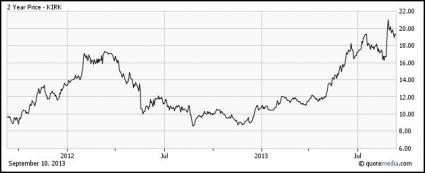


 ) offers some upside, but certain factors will continue to weigh down the stock. As such, the analysts upgraded the marketing and advertising company on Wednesday, but only with a tepid rating.
) offers some upside, but certain factors will continue to weigh down the stock. As such, the analysts upgraded the marketing and advertising company on Wednesday, but only with a tepid rating. [ Enlarge Image ]
[ Enlarge Image ] [ Enlarge Image ]
[ Enlarge Image ] [ Enlarge Image ]
[ Enlarge Image ] [ Enlarge Image ]
[ Enlarge Image ] [ Enlarge Image ]
[ Enlarge Image ]